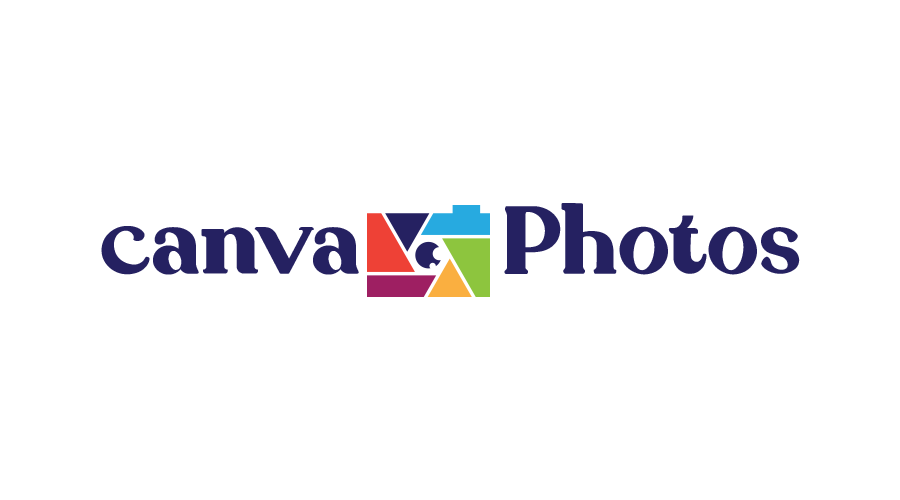Table of Contents
Introduction
There’s something magical about capturing moments on film. Each frame tells a story, holds memories, and evokes emotions that digital images often can’t replicate. But once you’ve shot your favorite photos, what’s next? Enter the film developing lab—a treasure trove of expertise and artistry dedicated to bringing your visions to life.
The process of film developing
The process of film developing is a fascinating journey from exposed negatives to vivid images. It begins with the careful handling of your film, ensuring no light contaminates it before development.
Once at the lab, technicians assess the type of film you’ve used. Each type—black and white or color—has its own specific needs during processing. The film is then placed in a dark room where it’s spooled onto reels.
Next comes the magic of chemistry. Different solutions are used to develop, stop, and fix your images. This step reveals hidden details captured by the camera.
After rinsing and drying, prints can be made from negatives if desired. You might also receive digital scans for easy sharing online or archiving on devices.
The equipment and materials used in a film lab
A film developing lab is a treasure trove of specialized equipment. Each piece plays a vital role in transforming exposed film into stunning images.
One essential tool is the developing tank. This dark, light-proof container holds the film during processing. It ensures that every frame receives even exposure to chemicals.
Chemicals themselves are another critical component. Developers stop baths, and fixers work together to reveal your captured moments while preserving them for years to come.
Enlargers also share the spotlight. These machines project negatives onto photographic paper, allowing technicians to create prints with precision and detail.
Tips for preparing your film for development
Preparing your film for development is crucial to ensuring the best results. First, make sure to handle your film with clean hands. Oils and dirt can affect the final images.
Next, keep the film in a cool, dark place before you take it to the lab. Temperature fluctuations can lead to unwanted effects during processing.
If you’re using rolls of black-and-white or color negative film, label each roll clearly if you’ve shot multiple films. This helps avoid confusion later on at the developing lab.
Consider keeping track of your exposures too; jot down notes about what you shot and where. This will help when discussing specific shots with technicians.
What to expect during the development process
When you hand over your film to a developing lab, expect a careful and meticulous process. The technicians will start by examining your film stock, checking for any issues that might affect the development.
Next comes the actual processing stage. Your film is submerged in various chemical baths, each serving a specific purpose. This part can be fascinating to witness if you’re lucky enough to see it firsthand.
Afterward, drying takes place in a controlled environment to prevent dust or scratches.
During this time, don’t hesitate to ask questions about their techniques or timelines; most labs are eager to share their expertise. You may also receive updates via email or text about the status of your film.
Common mistakes to avoid when developing film
One common mistake is not labeling your film correctly. Mislabeling can lead to confusion, especially if you have multiple rolls waiting for development. Always write down the specifics of each roll.
Another frequent error is forgetting to check for light leaks before shooting. Even minor leaks can ruin an entire roll of film, leaving you with disappointing results.
Rushing through the process is also a pitfall many newcomers face. Film developing takes time and precision. Patience ensures that every step—from loading to rinsing—is done properly.
Many overlook the importance of temperature control during development. Inconsistent temperatures can affect chemical reactions, ultimately impacting image quality.
Understanding different types of film and their results
Film comes in a variety of types, each offering distinct qualities and results. Understanding these differences can elevate your photography.
The black and white film captures contrast beautifully. Many photographers appreciate the moodiness that monochrome can convey.
Color-negative film is versatile for everyday shots. It yields soft colors with excellent dynamic range, making it forgiving in various lighting conditions.
Slide or transparency film offers vibrant hues with rich saturation. This type produces images that are sharp and detailed but demand precise exposure settings to avoid losing detail in highlights.
Benefits of using a professional film lab
Using a professional film lab offers unmatched expertise in the art of film developing. Trained technicians have extensive knowledge about various film types and their unique requirements.
They utilize precision equipment designed for consistent results. This ensures that your images are processed correctly, retaining their intended quality.
Access to high-quality chemicals is another advantage. Professional labs use fresh and appropriate solutions tailored for different films, minimizing the risk of damage.
Additionally, many labs provide scanning services. This means you can easily digitize your negatives while preserving the original quality of your photographs.
When seeking reliable turnaround times, professionals excel here too. They often offer expedited services, ideal for those on tight deadlines or special projects.
Conclusion
Visiting a film developing lab can be an exciting experience, especially for those who cherish the art of photography. You walk in with a roll of unprocessed film and leave with tangible memories captured on light-sensitive material.
Behind the scenes, specialized equipment helps technicians achieve consistent results. Film laboratories are equipped with darkrooms, enlargers, and various chemicals tailored for different types of film—each element plays a crucial role in bringing your photos to life.




